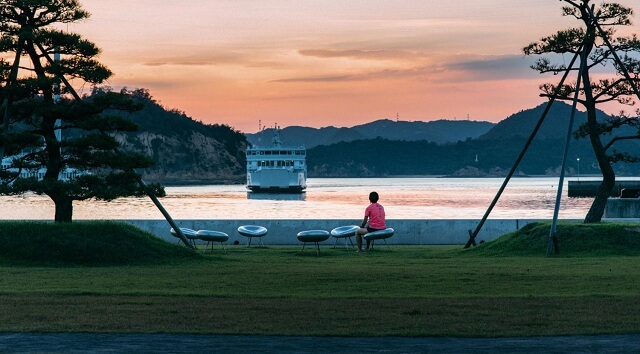
Like many other rural parts of Japan, Naoshima used to be on a decline. But an ambitious project to turn it into an “art island” has transformed it to a world class travel destination for art-inclined travelers all over the world, as well as attracting people to move to the Island.
-
![Naoshima: the History]()
Naoshima: the History
Riding along the coastline of Naoshima on a rented electric bicycle is a terrific experience. The Seto inland sea on one side. Beautiful, unspoiled nature on the other, and dotting the landscape every here and there, art by some of the biggest names of the contemporary art scene.
![Naoshima: the History]()
Naoshima: the History
![]()
![]()
The project to turn Naoshima into an “art island” started in 1985. That’s when the local authorities were approached by Tetsuhiko Furutake, the CEO of Benesse Corporation, a powerhouse focusing on the education and publishing industries. He had a vision of turning the island into a world-class art hub, and the mayor agreed that this was a terrific idea.
![Naoshima: the History]()
Naoshima: the History
World-renowned architect Tadao Ando has been a key person in this project since the early days. In 1989, he supervised the development of the Naoshima International Camp. This was when the first of the iconic art pieces was brought to the island, one of these being Karel Appel’s sculpture, “Frog and Cat”.
![Naoshima: the History]()
Naoshima: the History
![]()
![]()
A few years later, Benesse House Museum opened. This exclusive hybrid hotel and art museum is still one of the highlights of the island. Hotel guests are able to visit the museum space even after its ordinary hours of operation, something perhaps warranting the somewhat steep prices, with single rooms starting at 30,000 yen per night. The museum too, is designed by Tadao Ando. One part of the museum, called the Oval, is an art piece in itself, with only guests able to access it by an exclusive monorail track.
![Naoshima: the History]()
Naoshima: the History
-
In 2004, the Chichu Art Museum opened. This underground museum is currently somewhat of the flagship destination on the island. The concept focusses on the relationship between mankind and nature. Naked concrete walls are illuminated only by daylight, providing a different experience depending on the time of the day and the current weather circumstances. Despite parts of the museum feeling like an underground bunker, the sound of the wind rustling in the trees and birds chirping is never far away. Since then, two other major museums have popped up on the island as well – one that honors Tadao Ando himself, and another one showcasing the minimalistic works by Korean artist Lee Ufan.
![Naoshima: the History]()
Naoshima: the History
![]()
![]()
Since 2008, the ambitious project has spread to a few other nearby islands. First, the tiny island of Inujima (Dog Island) with fewer than 100 permanent residents. Here, an abandoned copper refinery has been turned into an art museum. This has since been expanded with the construction of six art houses – abandoned residential houses turned into art.
![Naoshima: the History]()
Naoshima: the History
In 2010, Teshima got its own art museum too. The museum basically only has one artwork, a concrete structure with smooth lines, designed by Ryue Nishizawa that lives in symbiosis with a water installation by Rei Naito.
The same year also saw the inaugural edition of the contemporary art festival, “Setouchi Triennale”, held on a total of seven islands. Many of the artworks revealed during the Triennale become permanent pieces on the islands. The third edition of the festival, Setouchi Triennale 2016, is currently ongoing. The Summer session is from July 18 to September 4, with the Autumn Session running from October 8 to November 6.
![Naoshima: the History]()
Naoshima: the History
Thanks to the art project and the increased stream of tourists, Naoshima now also attracts many young Japanese people, who dream about a slower lifestyle. During our time on the island, we visited several cafés, restaurants and even an American diner, run by people who have moved to the island fairly recently as a consequence of the art coming to the island.
![Naoshima: the History]()
Naoshima: the History
-
Naoshima can be accessed from Okayama by the local JR Uno Line train to Uno port, where ferries connect with Naoshima in 20 minutes.
![Naoshima: the History]()
Naoshima: the History
![]()
Another option is to fly to Takamatsu (low cost flights from Narita are available). From Takamatsu, there’s a slower ferry that takes one hour to Naoshima. During the triennale, there are also speedier passenger boats that takes approx 20 minutes to the island. More information on access, such as how to reach the other islands, can also be found on the official Setouchi Triennale website.
Posts by Said KarlssonNaoshima Island 1 day Cycling Tour
¥69,600
Update date:2024/04/23
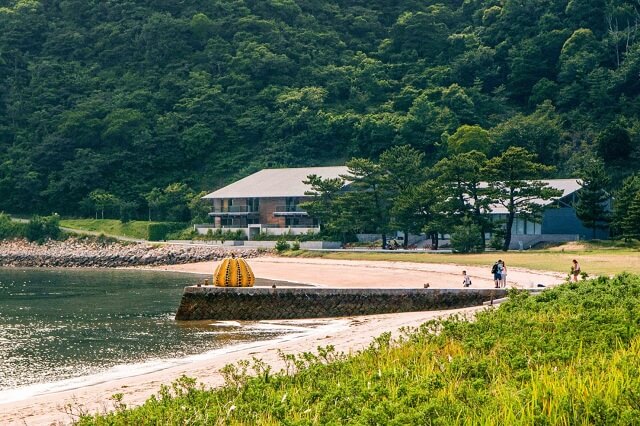
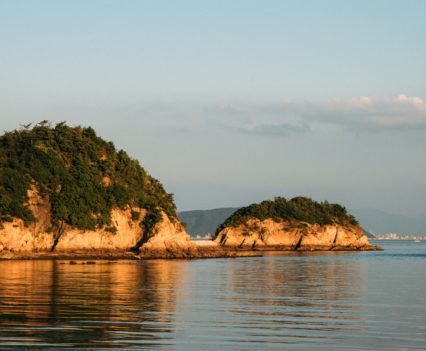


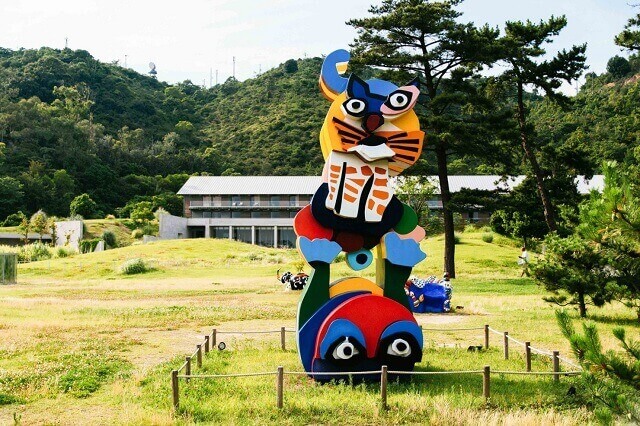
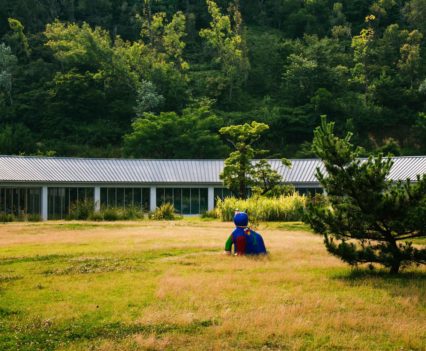



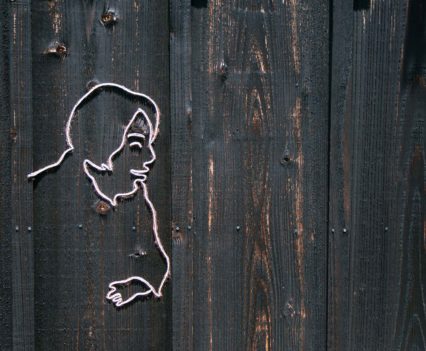


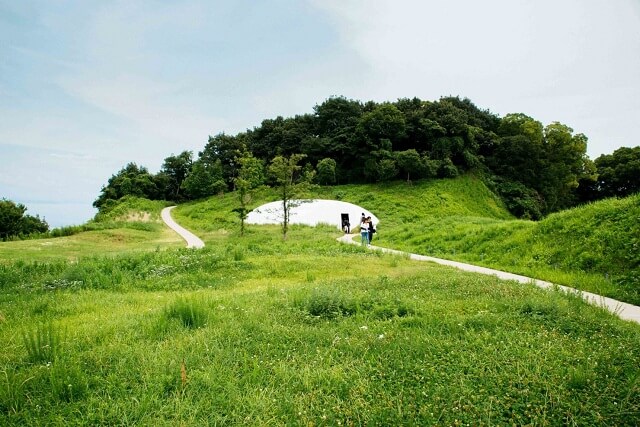
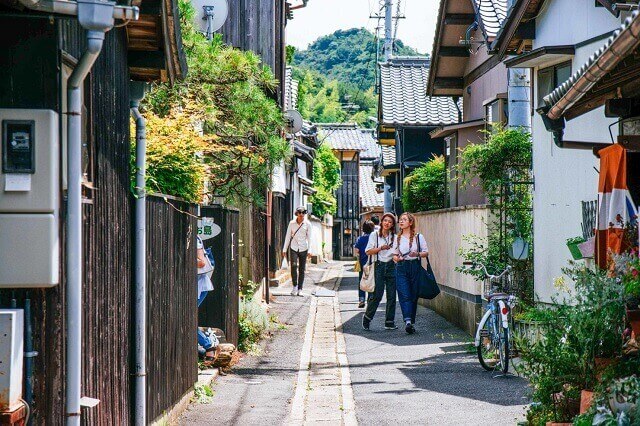
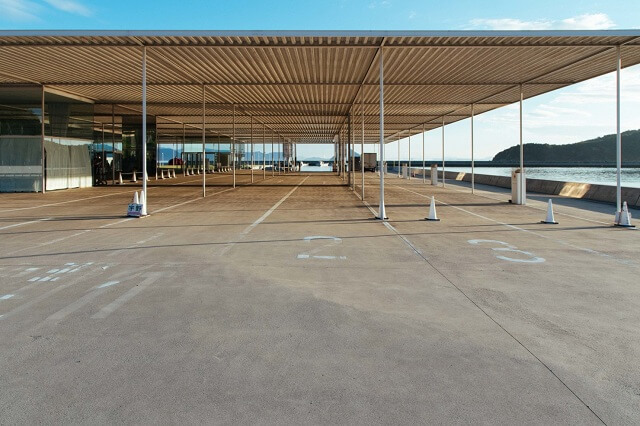
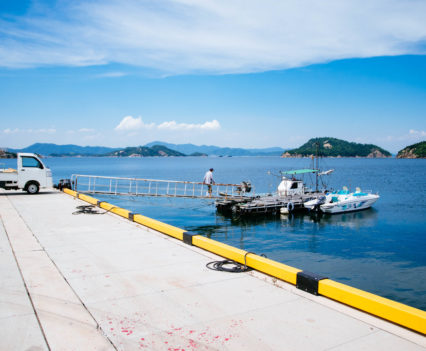


 Go here
Go here






